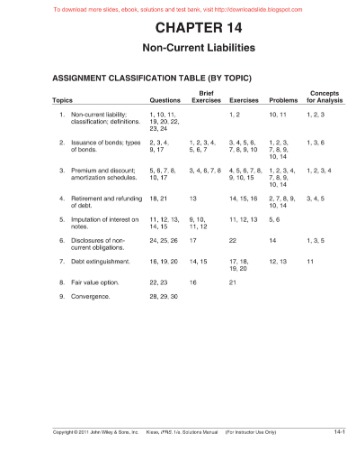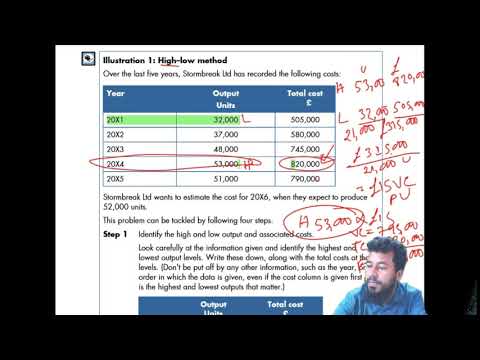Content

Fixed assets include property, plant, and equipment, such as a factory. Assets that fall under current assets on a balance sheet are cash, cash equivalents, inventory, accounts receivable, marketable securities, prepaid expenses, and other liquid assets. Businesses typically need many different types of these assets to meet their objectives. For example, the computers that Apple Inc. intends to sell are considered inventory (a short-term asset), whereas the computers Apple’s employees use for day-to-day operations are non-current assets. Typically, these assets are listed under the category of Property, Plant, and Equipment , but they may be referred to as fixed assets.
It generates when the price that is paid for the company goes over the fair value of all of the identifiable assets and liabilities. Assets – both current and non-current – are further segmented into tangible and intangible assets. Non-current assets usually make up a large proportion of an organisation’s resources and are, of course, often integral to its future plans. For any organisation to succeed, it needs to have a clear idea of the assets it owns. Read our guide to learn about current and non-current assets and their role in planning business finances. The five non-current assets are Property, Plant and Equipment, Intangible Assets, Long-term Investments, Deferred Tax Assets, and Goodwill.
Tangible vs. Intangible Assets
Intangible Assets Are Adjusted For AmortizationAmortization of Intangible Assets refers to the method by which the cost of the company’s various intangible assets is expensed over a specific time period. Property, plant, and equipment (PP&E) are long-term assets vital to business operations and not easily converted into cash. It is important for a company to maintain a certain level of inventory to run its business, but neither high nor low levels of inventory are desirable. Other current assets can include deferred income taxes and prepaid revenue. Managing your business’s current and non-current assets is an important step in streamlining your operations and delivering optimal returns from their sale or disposal. Enterprise asset management software from ManagerPlus can help you get the most from your assets. It simplifies the process of optimizing your asset operations to help you increase uptime, extend the life of your equipment, and make your business’s assets more efficient and valuable.
- Because it contains raw materials and finished commodities that can be sold rapidly, inventory is also a current asset.
- Changes in book value are recorded as gains or losses at the time of disposition.
- They are required for the long-term needs of a business and include things like land and heavy equipment.
Current Assets Vs Non Current Assets assets are most often valued at market prices whereas noncurrent assets are valued at cost less depreciation. Current assets are a company’s short-term assets; those that can be liquidated quickly and used for a company’s immediate needs. Noncurrent assets are long-term and have a useful life of more than a year. Asset management software is a simple and centralized way to monitor and manage all of your business’s assets. It enables you to gain valuable insights into how well or how poorly your assets are performing.
Module 4: Financial Statements of Business Organizations
Unlike current assets, non-current assets tend to be illiquid, which means these sorts of assets cannot easily be sold and converted into cash in the market. Certain assets such as cash and cash equivalents (e.g. marketable securities, short-term investments) are a store of monetary value that can earn interest over time. Current assets are assets that a company will benefit from its use within a year and are easily liquidated. Noncurrent assets are long-term assets where the value of the asset will not be realized until at least a year or more. A business can purchase or otherwise acquire an intangible asset from outside of the business.

RCF is valid for 5 years https://intuit-payroll.org/d that Entity A maintains debt to EBITDA ratio lower than 3. Therefore, when it comes to liabilities, the classification as current or non-current is not a matter of expectations of the entity . Lack of unconditional right to defer settlement for at least a year makes a liability current. Among other things, it can improve inventory management, negotiate better payment terms with suppliers, or establish a penalty for late payments.
